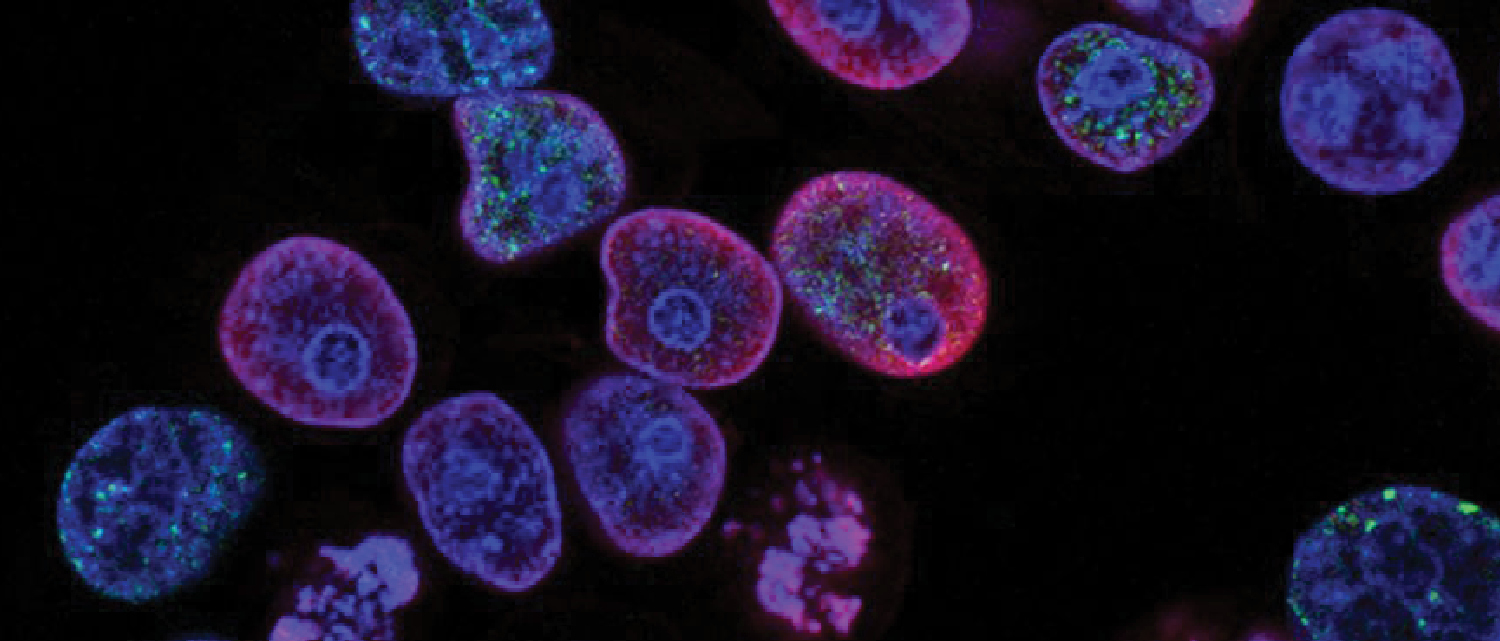
Researchers at the University of British Columbia have developed an algorithm that can accurately identify different types of cells pictured in microscope photos, even when those cells are indistinguishable to the human eye.
The advance may help pave the way for new technology — a so-called “electronic eye” — that could help scientists rapidly identify the more than 200 known cell types in the human body, and potentially discover new cell types of biological significance.
“Many artificial intelligence algorithms are designed to give computers human abilities, like the ability to recognize different breeds of dogs and cats,” says senior study author Hongshen Ma, a mechanical engineering professor at UBC. “In this case, the algorithm allows computers to do what people can’t.”
Cells are typically classified using a method called immunofluorescence, where scientists tag specific protein “markers” in a cell with fluorescent dyes and use the resulting fluorescence to determine the cell’s identity. But this approach is not always possible: suitable markers may not exist, or they may not be specific enough to enable the cell type to be identified.
Ma and colleagues created an algorithm that can identify cells with a high degree of accuracy directly from microscopy images. By analyzing common parts of the cell — its nucleus, cytoplasm and cytoskeleton, all of which were visualized using non-specific fluorescent dyes — the algorithm was able to correctly identify eight different types of cancer cells with 95 per cent accuracy.
“The surprising thing about our study is that the algorithm was able to identify cells where the differences are not readily apparent to the human eye,” says Ma. “The broader implication is that we can use this approach to identify other cells that cannot be easily identified using traditional biochemical methods.”
The study was recently published in Communications Biology.
Photo by National Cancer Institute on Unsplash
This article originally appeared on the Faculty of Applied Science News